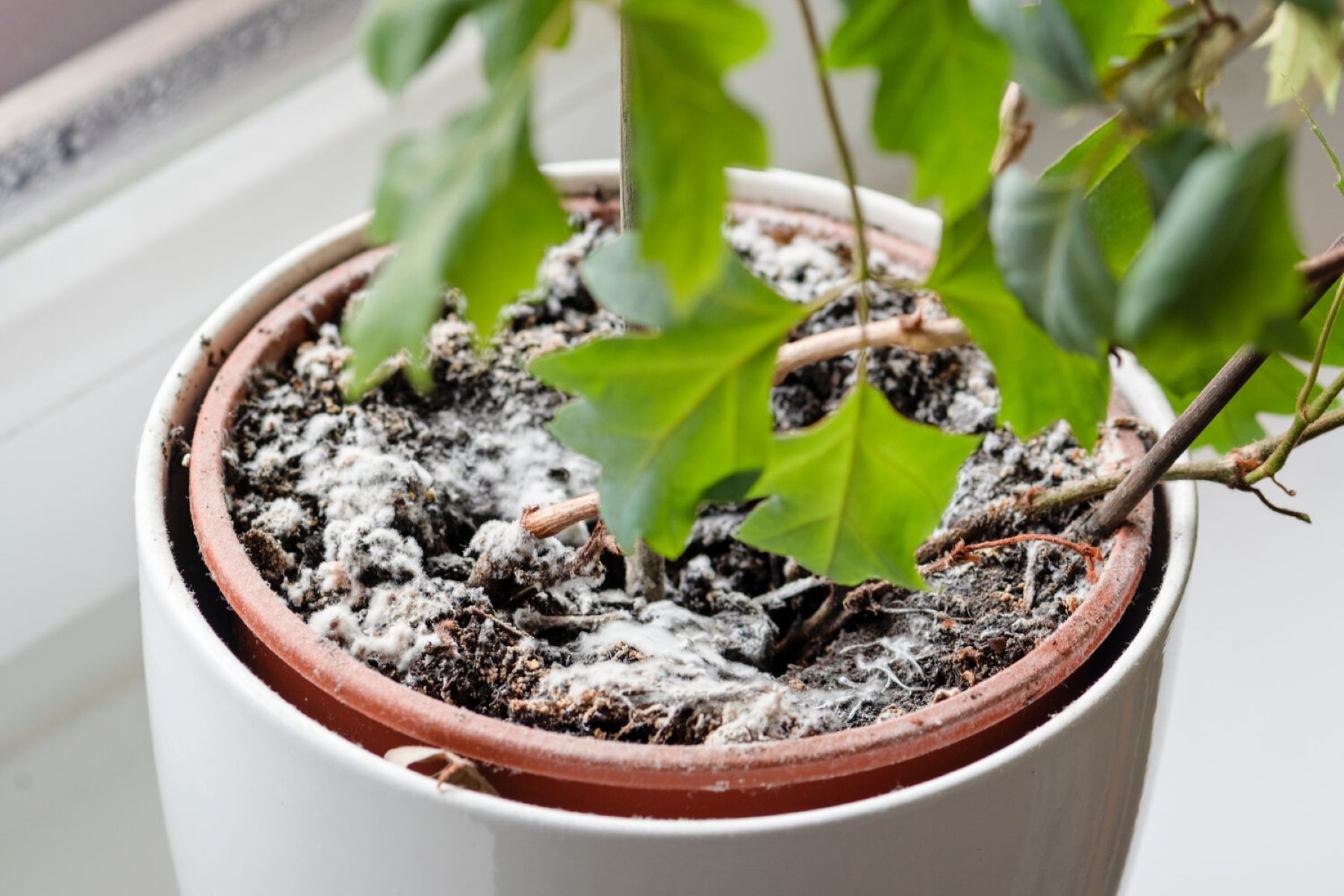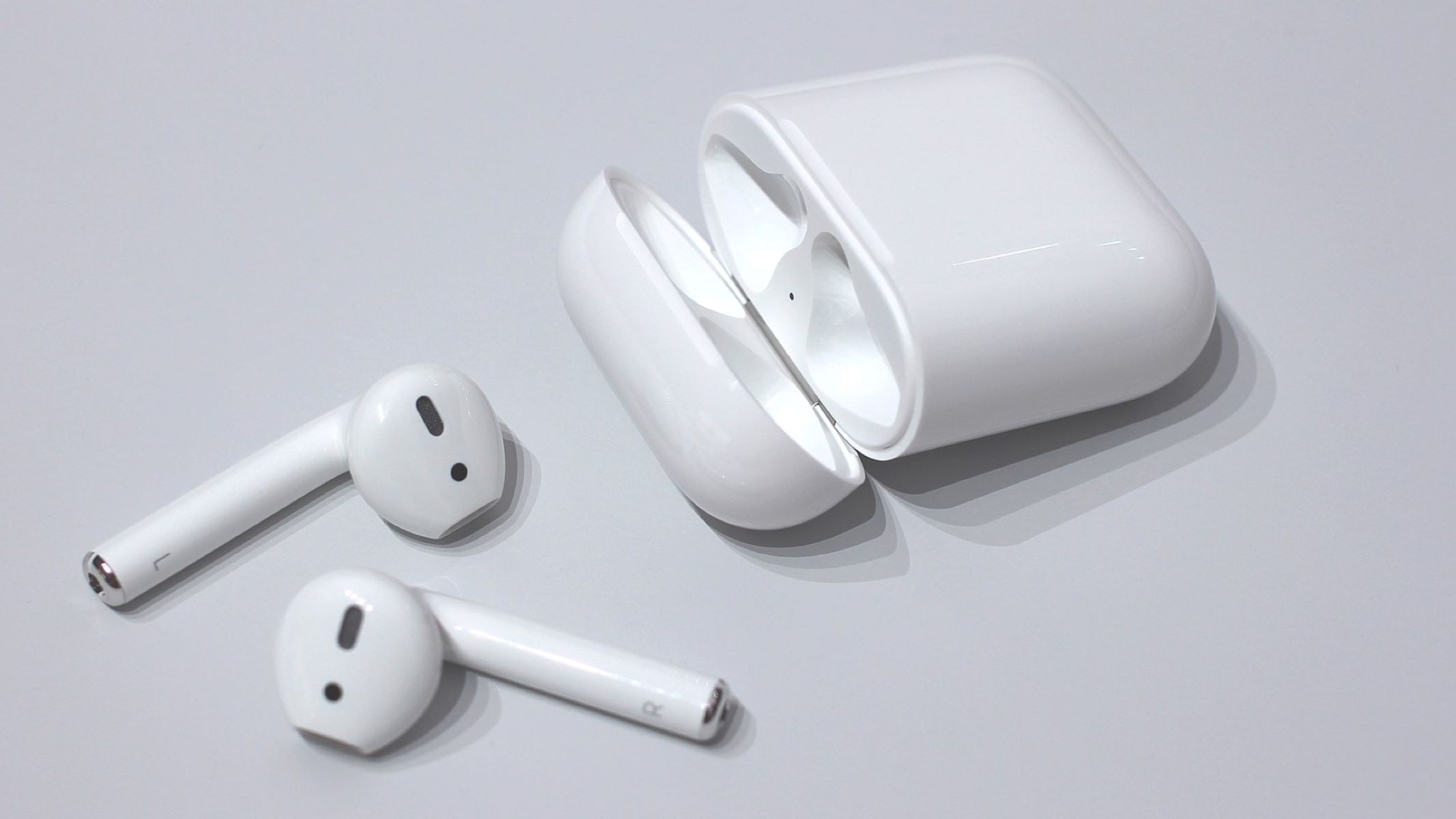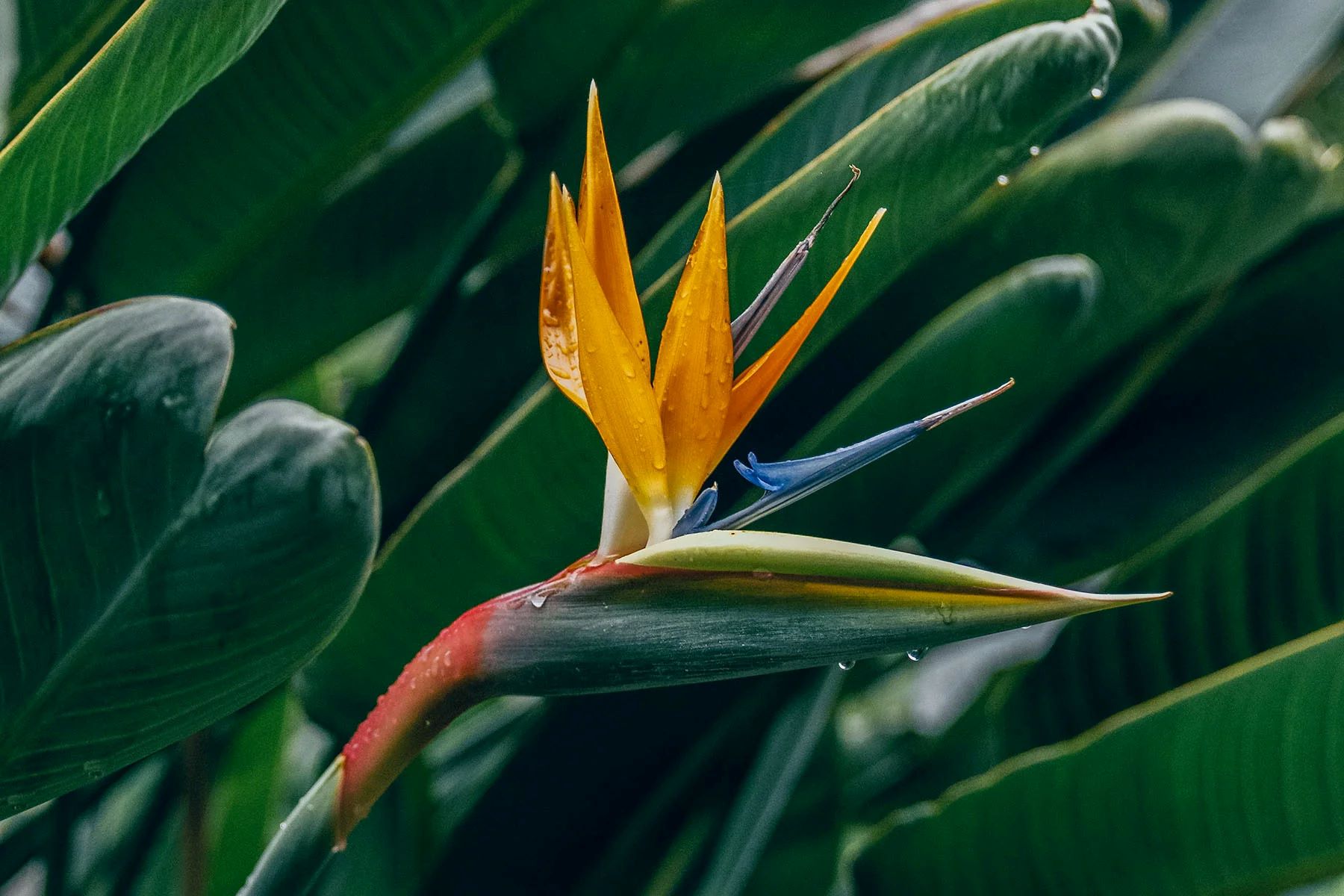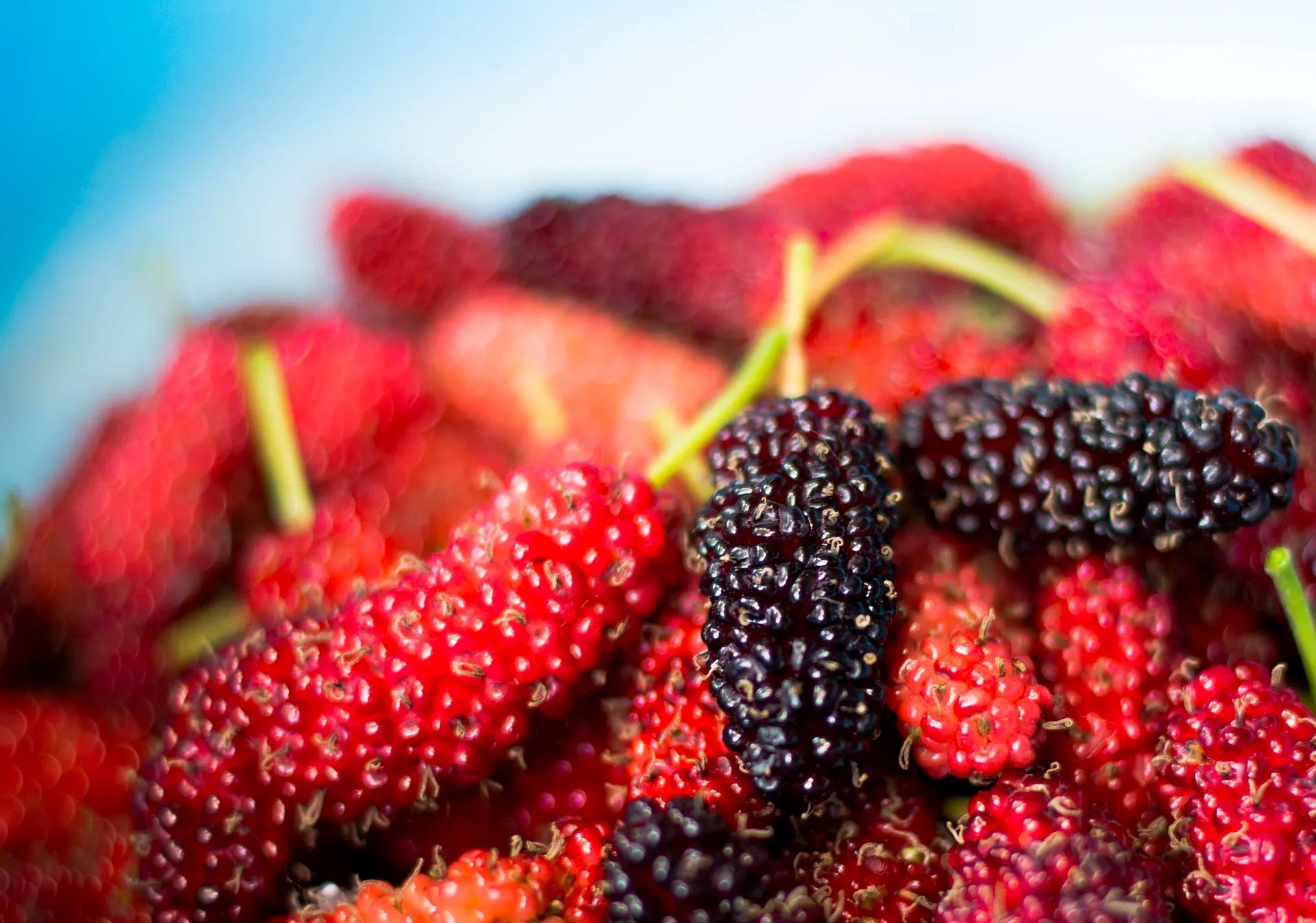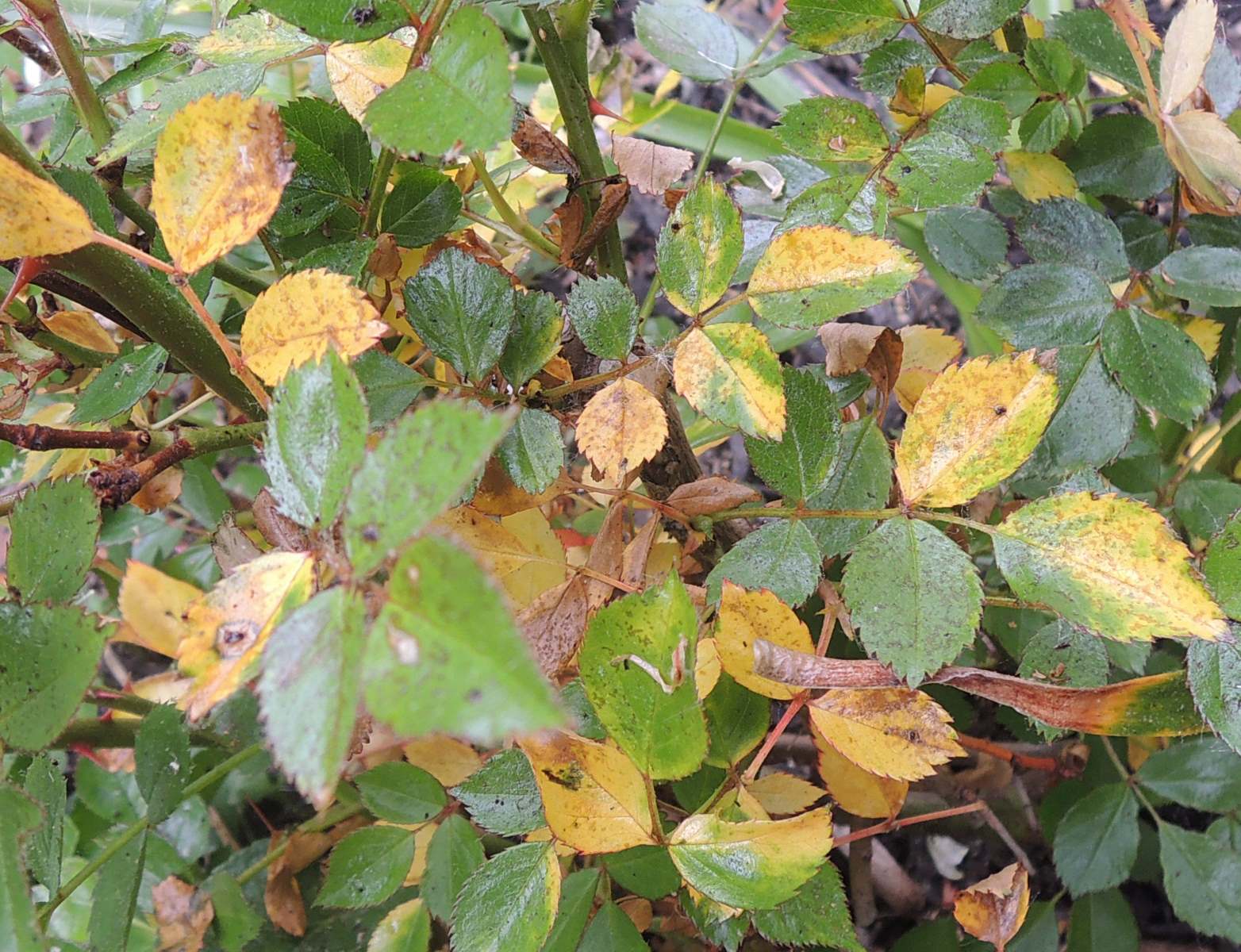Home>Lifestyle>The Surprising Reason Why Money Plant Leaves Keep Falling Every Day!
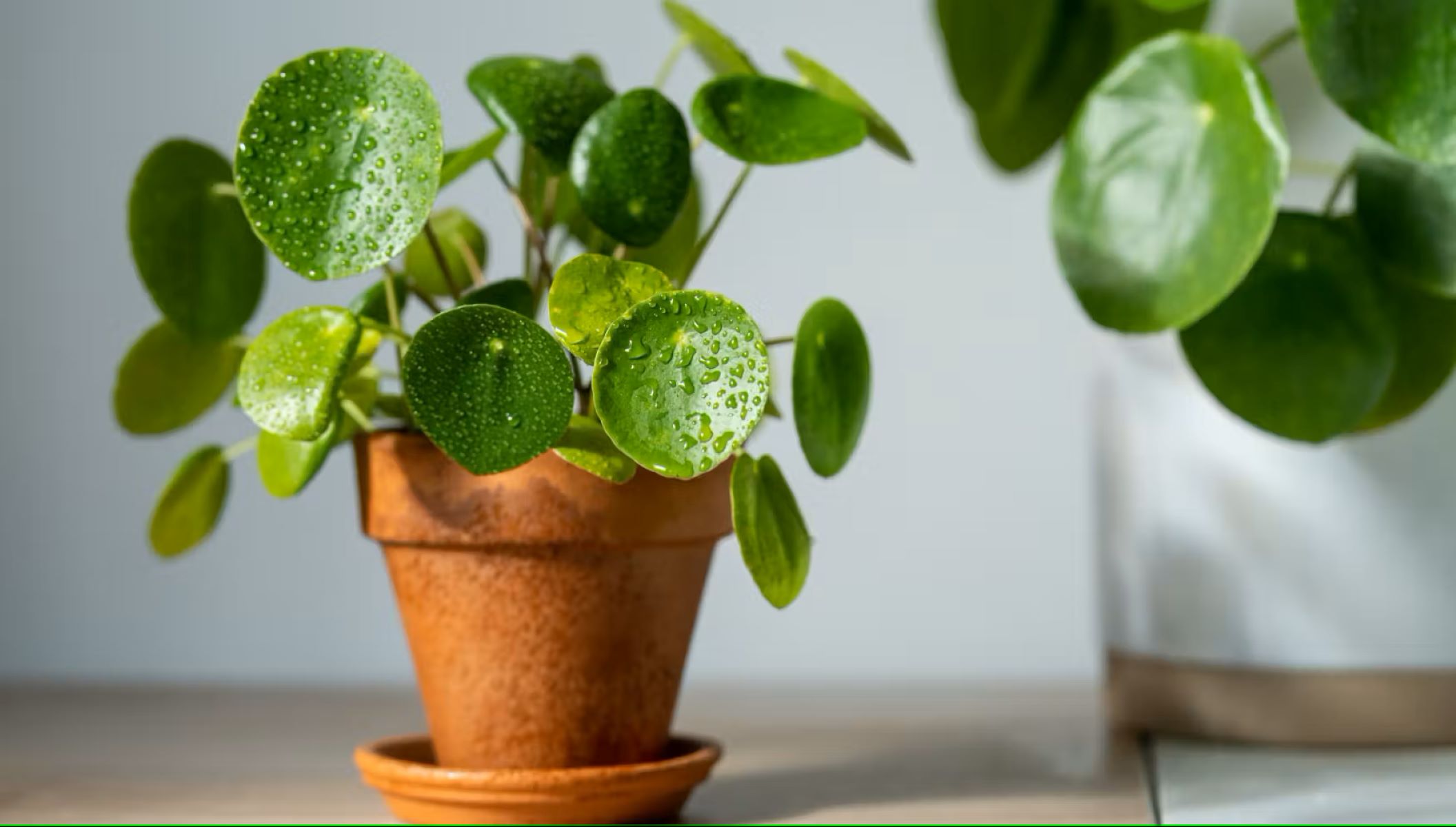

Lifestyle
The Surprising Reason Why Money Plant Leaves Keep Falling Every Day!
Published: January 27, 2024
Discover the unexpected cause behind your money plant's daily leaf drop. Explore lifestyle changes to help your plant thrive and flourish.
(Many of the links in this article redirect to a specific reviewed product. Your purchase of these products through affiliate links helps to generate commission for Regretless.com, at no extra cost. Learn more)
Table of Contents
Introduction
The money plant, also known as the Pothos or Devil's Ivy, is a popular and low-maintenance houseplant that has found its way into countless homes and offices. Its heart-shaped leaves and trailing vines make it a delightful addition to any space, adding a touch of greenery and charm. However, many plant enthusiasts and beginners alike have encountered a common issue with their money plant – the persistent dropping of its leaves.
This phenomenon can be puzzling and frustrating, especially for those who have put effort into caring for their beloved green companion. The sight of leaves scattered around the plant can lead to concerns about its health and well-being. Why do money plant leaves keep falling every day? This question has sparked curiosity and prompted many to seek answers and solutions.
In this article, we will delve into the intriguing world of the money plant and explore the factors that contribute to the enigmatic leaf dropping. By understanding the underlying reasons behind this phenomenon, we can equip ourselves with the knowledge needed to provide optimal care for our money plants, ensuring their vitality and longevity.
Join us on this insightful journey as we unravel the mysteries surrounding the money plant's leaf dropping and discover the surprising reasons behind this common occurrence. Let's embark on this botanical adventure and gain a deeper understanding of our green companions!
Understanding the Money Plant
The money plant, scientifically known as Epipremnum aureum, is a resilient and adaptable species that belongs to the Araceae family. Originating from the Solomon Islands in the South Pacific, this tropical plant has gained widespread popularity as a versatile and aesthetically pleasing addition to indoor spaces. Its distinctive heart-shaped leaves, which can range in color from vibrant green to variegated patterns, contribute to its visual appeal and charm.
One of the most notable features of the money plant is its ability to thrive in various environmental conditions, making it well-suited for both novice and experienced plant enthusiasts. Its low-maintenance nature and tolerance for occasional neglect have earned it a reputation as an ideal choice for indoor cultivation.
The money plant exhibits a vining growth habit, with its trailing stems capable of reaching impressive lengths if provided with the right conditions. This characteristic makes it a favored choice for hanging baskets, allowing its lush foliage to cascade gracefully, adding a touch of natural elegance to its surroundings.
In addition to its ornamental value, the money plant is also believed to bring positive energy and good fortune according to the principles of feng shui. This belief has contributed to its popularity as a decorative element in homes and workplaces, where it is often placed in prominent locations to attract prosperity and abundance.
Understanding the inherent traits and characteristics of the money plant is essential for cultivating a thriving and vibrant specimen. By gaining insight into its natural tendencies and preferences, we can create an environment that promotes its well-being and encourages healthy growth. As we continue our exploration of the money plant and its intriguing behaviors, we will uncover the factors that influence its leaf dropping, shedding light on this perplexing occurrence.
Factors Affecting Leaf Dropping
The phenomenon of leaf dropping in money plants can be attributed to a combination of factors that influence the overall health and vitality of the plant. Understanding these factors is crucial for addressing the issue and implementing effective strategies to promote leaf retention and sustained growth.
One of the primary factors contributing to leaf dropping is the plant's natural growth cycle. Like many other foliage plants, the money plant undergoes a continuous process of renewal, where older leaves reach the end of their lifespan and are shed to make way for new growth. This natural shedding of leaves is a normal occurrence and is essential for the plant's overall vigor and rejuvenation.
In addition to the natural growth cycle, environmental conditions play a significant role in leaf dropping. Fluctuations in temperature, humidity levels, and air circulation can impact the plant's physiological processes, leading to stress-induced leaf shedding. Exposure to drafts, extreme temperatures, or sudden environmental changes can trigger the plant's defense mechanisms, resulting in the shedding of leaves as a response to stress.
Furthermore, the presence of pests and diseases can cause leaf dropping in money plants. Insects such as spider mites, mealybugs, and scale insects can infest the plant, causing damage to the foliage and leading to leaf loss. Similarly, fungal infections and bacterial diseases can weaken the plant, causing it to shed leaves as a means of self-preservation.
Another crucial factor affecting leaf dropping is the plant's nutritional status. Deficiencies in essential nutrients, particularly nitrogen, potassium, and magnesium, can manifest as yellowing and dropping of leaves. Providing the money plant with a balanced and appropriate fertilizer regimen can help address nutrient deficiencies and promote healthy foliage retention.
Moreover, improper watering practices can contribute to leaf dropping. Overwatering can lead to root rot and suffocation, causing the plant to shed leaves as a response to waterlogged conditions. Conversely, underwatering can result in dehydration and stress, prompting the plant to shed leaves to conserve resources and prioritize survival.
By understanding the multifaceted factors influencing leaf dropping in money plants, we can take proactive measures to address each aspect and create an optimal environment for the plant's well-being. Through attentive care and strategic interventions, we can minimize leaf dropping and support the money plant in thriving and flourishing within its indoor habitat.
The Role of Environmental Conditions
The environmental conditions in which a money plant is situated play a pivotal role in determining its overall health and vitality, including the propensity for leaf dropping. These conditions encompass a range of factors, including light exposure, temperature, humidity levels, and air circulation, all of which directly influence the plant's physiological processes and responses.
Light exposure is a critical environmental factor that significantly impacts the growth and foliage retention of money plants. Insufficient light can lead to weakened photosynthetic activity, resulting in pale, etiolated leaves and increased susceptibility to leaf dropping. Conversely, excessive exposure to direct sunlight, especially during the intense midday hours, can cause leaf scorching and stress, prompting the plant to shed leaves as a protective mechanism. Finding the optimal balance of light exposure, such as bright indirect light or filtered sunlight, is crucial for maintaining healthy foliage and minimizing leaf dropping.
Temperature fluctuations and extremes can also exert a pronounced effect on the money plant's leaf retention. Sudden shifts in temperature, such as exposure to cold drafts or proximity to heat sources, can induce stress and trigger leaf shedding. Maintaining a consistent and moderate temperature range, ideally between 65-85°F (18-29°C), provides a stable environment that supports the plant's physiological processes and minimizes the risk of leaf dropping due to temperature-related stress.
Humidity levels in the surrounding environment are another influential factor that can impact the money plant's leaf retention. Insufficient humidity, particularly in dry indoor settings, can lead to desiccation of the foliage, causing leaves to wither and drop prematurely. Increasing ambient humidity through methods such as misting, humidifiers, or grouping plants together can help mitigate the risk of leaf dropping associated with low humidity levels. Conversely, excessive humidity, often prevalent in poorly ventilated areas, can create conditions conducive to fungal infections and pest infestations, both of which can contribute to leaf shedding.
Proper air circulation is essential for maintaining a healthy and thriving money plant. Stagnant air can promote the development of fungal diseases and create an environment conducive to pest infestations, both of which can lead to leaf dropping. Ensuring adequate ventilation and airflow around the plant, especially in enclosed spaces, helps minimize the risk of environmental stressors that can trigger leaf shedding.
By recognizing and addressing the impact of environmental conditions on the money plant, we can create a nurturing and supportive habitat that promotes leaf retention and overall well-being. Understanding the intricate interplay between light, temperature, humidity, and air circulation empowers us to cultivate an environment conducive to the sustained health and vitality of our beloved money plants.
The Impact of Overwatering and Underwatering
Overwatering and underwatering are common pitfalls that can have profound effects on the health and vitality of money plants, often leading to leaf dropping and other signs of distress. Understanding the impact of these watering practices is essential for cultivating thriving and resilient specimens.
Overwatering:
When a money plant is subjected to overwatering, the consequences can be detrimental to its overall well-being. Excessive moisture in the soil can lead to suffocation of the roots, inhibiting their ability to uptake essential nutrients and oxygen. As a result, the plant may exhibit symptoms of stress, including yellowing and drooping leaves, and an increased propensity for leaf dropping.
Furthermore, overwatering creates an environment conducive to the development of root rot, a serious condition that can compromise the plant's root system and lead to irreversible damage. The presence of saturated, waterlogged soil creates an ideal breeding ground for harmful pathogens, including fungi and bacteria, which can further exacerbate the plant's decline.
In response to the adverse conditions caused by overwatering, the money plant may shed its leaves as a survival mechanism, reallocating its resources to sustain vital functions and mitigate the impact of waterlogged conditions. This shedding of leaves serves as a visible indicator of the plant's distress, signaling the need for corrective measures to restore a healthy balance of moisture in the soil.
Underwatering:
Conversely, underwatering poses its own set of challenges for money plants, often resulting in symptoms of dehydration and stress. Insufficient water availability can lead to wilting, browning of leaf margins, and a heightened susceptibility to leaf dropping as the plant seeks to conserve its remaining resources.
In response to inadequate moisture, the money plant may prioritize the survival of essential tissues, such as the newer leaves, by shedding older foliage that requires more resources to sustain. This adaptive response allows the plant to redirect its limited water supply to support vital functions, such as maintaining turgor pressure and facilitating nutrient transport.
Additionally, prolonged periods of underwatering can lead to a state of dormancy or stunted growth in money plants, as they enter a survival mode to cope with the scarcity of water. This can manifest as a reduction in overall leaf size, a decrease in new growth, and a heightened sensitivity to environmental stressors.
By recognizing the nuanced impacts of overwatering and underwatering on money plants, we can implement targeted watering strategies that promote optimal moisture levels and support the plant's resilience. Balancing the need for adequate hydration with the avoidance of waterlogged conditions is essential for fostering healthy foliage retention and sustaining the overall vigor of money plants.
The Influence of Pot Size and Soil Quality
The relationship between pot size and soil quality plays a crucial role in the growth and well-being of money plants, directly impacting their leaf retention and overall vitality. The selection of an appropriate pot size and the quality of the soil medium are pivotal factors that influence the plant's root development, nutrient uptake, and moisture retention, all of which contribute to its resilience and ability to maintain healthy foliage.
Pot size directly affects the root system's ability to establish and expand, ultimately impacting the plant's overall growth and leaf retention. Inadequate pot size can restrict the development of the money plant's root system, leading to overcrowding and limited access to essential nutrients and water. This can result in stunted growth, nutrient deficiencies, and an increased likelihood of leaf dropping as the plant struggles to sustain its foliage under suboptimal conditions.
Conversely, an excessively large pot can lead to an imbalance between root development and available moisture, potentially causing waterlogged conditions that impede the plant's ability to regulate its water uptake. This imbalance can trigger stress responses, including leaf dropping, as the plant grapples with the challenges of managing its water resources within an oversized container.
The quality of the soil medium within the pot significantly influences the money plant's ability to thrive and maintain healthy foliage. A well-draining and nutrient-rich soil mix, tailored to the plant's requirements, supports robust root development and facilitates efficient nutrient uptake. Conversely, poor soil quality, characterized by compaction, inadequate drainage, or nutrient deficiencies, can hinder the plant's ability to access essential resources, leading to symptoms of stress and an increased likelihood of leaf dropping.
By providing a well-aerated and nutrient-balanced soil medium, we can create an environment that fosters optimal root growth and supports the plant's physiological processes, ultimately contributing to sustained leaf retention and overall vigor. Additionally, selecting an appropriately sized pot that accommodates the money plant's root system without excessive space can help create a balanced and conducive growing environment, promoting healthy foliage and minimizing the risk of leaf dropping.
Understanding the dynamic interplay between pot size and soil quality empowers us to make informed decisions when cultivating money plants, ensuring that they have the necessary foundation for robust growth and sustained leaf retention. By optimizing these fundamental elements, we can create an environment that nurtures the plant's vitality and enhances its ornamental value within indoor settings.
The Significance of Light and Temperature
The influence of light and temperature on the growth and well-being of money plants cannot be overstated. These environmental factors play a pivotal role in shaping the plant's physiological processes, including photosynthesis, transpiration, and overall metabolic activity. Understanding the significance of light and temperature empowers us to create an environment that supports optimal leaf retention and sustained vitality in money plants.
Light Exposure
Light exposure is a fundamental determinant of the money plant's growth and foliage retention. As a species native to tropical regions, the money plant thrives in bright, indirect light conditions reminiscent of its natural habitat. Adequate light exposure is essential for promoting robust photosynthetic activity, which is pivotal for the production of energy and essential nutrients within the plant.
Insufficient light can lead to weakened photosynthetic processes, resulting in diminished energy reserves and compromised growth. In response to inadequate light, money plants may exhibit symptoms of stress, including pale or etiolated leaves, and an increased propensity for leaf dropping. Finding the optimal balance of light exposure, such as providing bright indirect light or filtered sunlight, is crucial for maintaining healthy foliage and minimizing the risk of leaf shedding.
Conversely, excessive exposure to direct sunlight, especially during the intense midday hours, can lead to leaf scorching and stress. The plant may shed leaves as a protective mechanism in response to the adverse effects of excessive light exposure. Hence, striking a balance by providing the money plant with suitable light conditions is essential for sustaining healthy foliage and promoting overall well-being.
Temperature Regulation
Temperature fluctuations and extremes can exert a pronounced effect on the money plant's leaf retention and overall vigor. Sudden shifts in temperature, such as exposure to cold drafts or proximity to heat sources, can induce stress and trigger leaf shedding. Maintaining a consistent and moderate temperature range, ideally between 65-85°F (18-29°C), provides a stable environment that supports the plant's physiological processes and minimizes the risk of leaf dropping due to temperature-related stress.
In colder environments, money plants may experience a slowdown in metabolic activity and growth, potentially leading to reduced foliage retention. Conversely, excessive heat can accelerate transpiration and water loss, placing the plant under duress and increasing the likelihood of leaf dropping as a response to environmental stress.
By recognizing the critical role of light and temperature in shaping the growth and resilience of money plants, we can implement strategies to optimize these environmental factors. Creating a nurturing environment characterized by suitable light exposure and temperature regulation is essential for promoting healthy foliage retention and sustaining the overall vitality of money plants within indoor settings.
Conclusion
In conclusion, the enigmatic phenomenon of money plant leaf dropping can be attributed to a myriad of factors, encompassing the plant's natural growth cycle, environmental conditions, watering practices, pot size, soil quality, and the interplay of light and temperature. Understanding these multifaceted influences is essential for cultivating thriving and resilient money plants, as well as addressing leaf dropping issues effectively.
The natural growth cycle of the money plant involves the continuous renewal of foliage, where older leaves are shed to make way for new growth. This process is intrinsic to the plant's vitality and rejuvenation, highlighting the importance of recognizing the distinction between natural leaf shedding and stress-induced leaf dropping.
Environmental conditions, including light exposure, temperature, humidity levels, and air circulation, play a pivotal role in shaping the money plant's leaf retention. Finding the optimal balance of these factors is crucial for maintaining healthy foliage and minimizing the risk of stress-induced leaf dropping.
Watering practices, such as overwatering and underwatering, can significantly impact the plant's well-being and leaf retention. Striking a balance in watering frequency and ensuring proper soil moisture is essential for supporting the money plant's resilience and minimizing the risk of leaf dropping due to water-related stress.
The influence of pot size and soil quality on the money plant's root development and nutrient uptake underscores the importance of creating an optimal growing environment. Selecting an appropriately sized pot and providing a well-aerated, nutrient-balanced soil medium are essential for fostering healthy foliage retention and sustained vitality.
Furthermore, the significance of light and temperature cannot be overlooked, as these environmental factors profoundly shape the plant's physiological processes and overall vigor. Providing suitable light exposure and temperature regulation is pivotal for promoting healthy foliage retention and sustaining the plant's well-being.
By integrating these insights into our approach to money plant care, we can create a nurturing environment that supports robust growth, healthy foliage retention, and the overall vitality of our beloved green companions. Armed with a deeper understanding of the factors influencing leaf dropping, we can embark on a botanical journey filled with thriving money plants and lush, vibrant foliage.
In essence, the journey of caring for money plants is a harmonious interplay between attentive cultivation and the innate resilience of these tropical treasures. As we navigate this botanical adventure, let us embrace the complexities of leaf dropping and cultivate an environment that celebrates the enduring beauty and vitality of the money plant, ensuring that its lush foliage continues to grace our indoor spaces with timeless elegance and charm.


